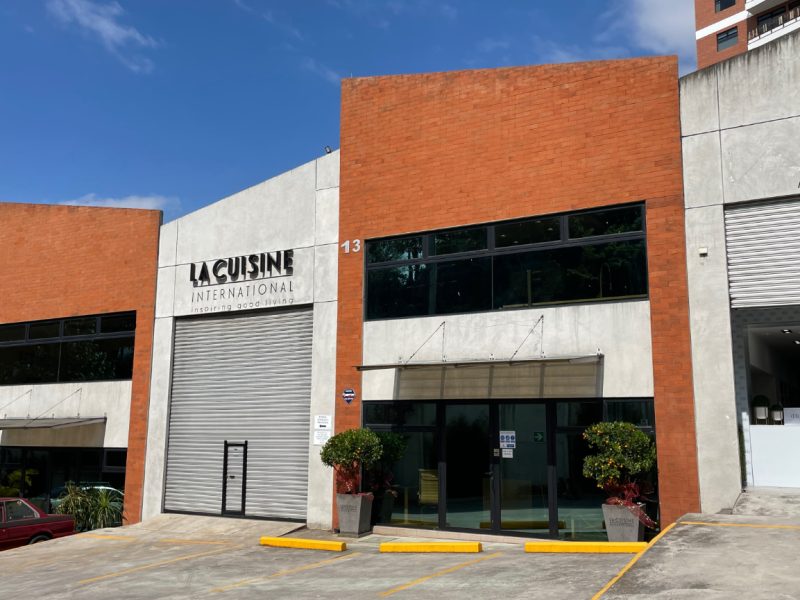
Our Company
Locations
Contact Us
Newsletter
Sign up to receive email updates on the latest products, collections and campaigns.
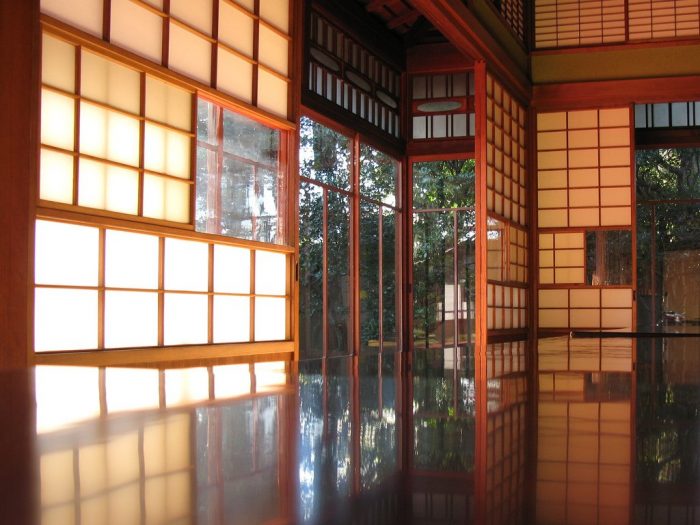
Imagine a typical Japanese house, it invariably includes a bamboo garden, a dragon painting, and shoji panels… Yes! You read that right, shoji. An unknown term for such a recurring image.
Shoji, also known as screens, is the type of door typical in Japanese dwellings. It consists of sheets of translucent washi paper framed in wood, which usually can be slid or folded in different panels to occupy the minimum space possible. Its use goes back to the Han dynasty in China, although they began being featured in Japanese tradition since the XV century.
The millenary return
Today, when architecture seeks to optimize the use of resources, shoji comes back as an excellent choice. It allows the division of spaces using panels of just a few centimeters in width, taking advantage of the light between rooms and offering a suggestive privacy.
The possibility of installing rails on the ceilings to allow the movement of these panels can even offer the option to modify the internal design of rooms, changing their size according to the user convenience. This is the reason why it is returning to the spotlight as a splendid design and décor tool.
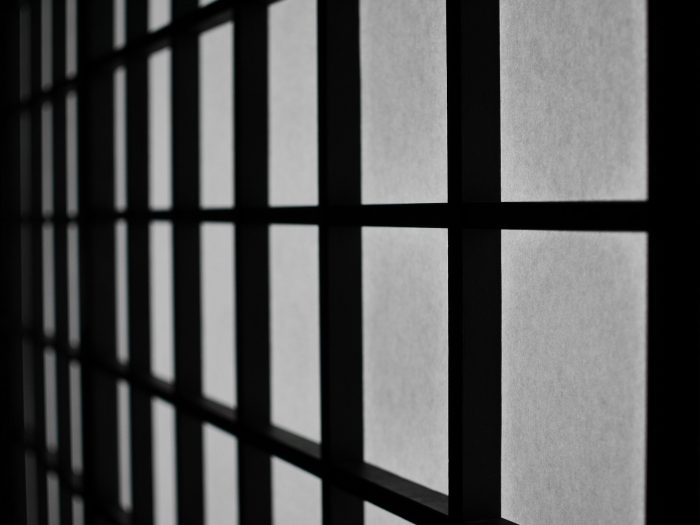
New versions
Traditionally, washi paper comes from the fiber of the cypress tree, which makes it quite resistant to moisture and frequent touch, in addition, it is customary to paint it with traditional patterns.
However, there are new versions that guarantee greater durability, such as vinyl screens or acrylic rice paper that give the same effect but are water resistant, making their maintenance easier.
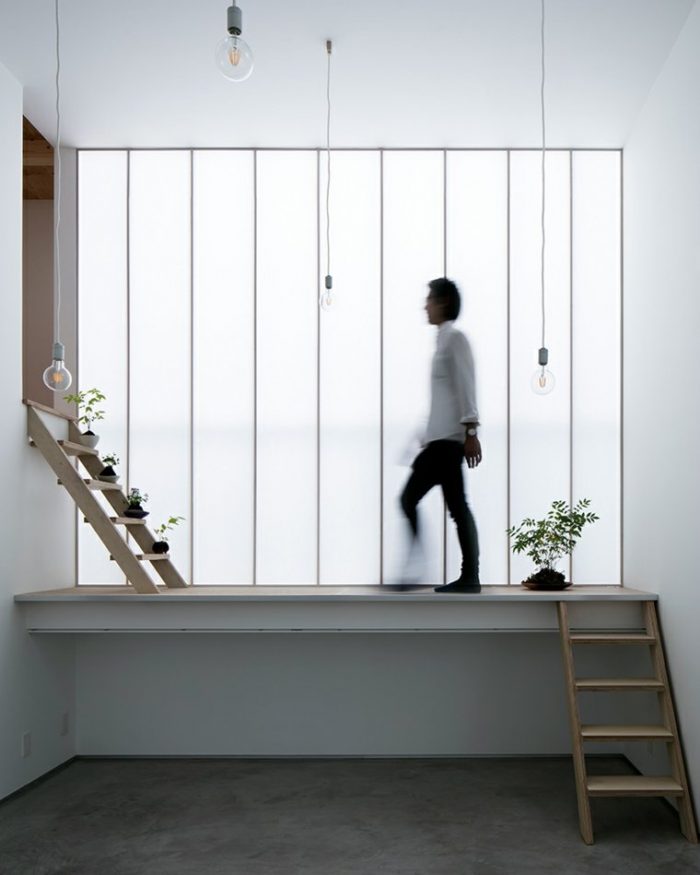
The new projects
In a two-meter wide alley, architects Yoshiaki Yamashita and Kento Morita designed a spectacular vertical house using shoji as the main tool for the division of spaces. This together with an ingenious design featuring different levels and natural light access gave rise to the Shoji House, a prototype presented to take the most advantage of the available space in a city like Tokyo.
One of the most outstanding features of this absolutely minimal house design is the fact that it features a windowless façade in the two sides facing the street where it is located, but contrary to what anybody could think, this fact doesn’t generate any issues, as the shoji technique provides necessary lighting.
In the Shoji House, this Japanese technique of space division with screens filters the daylight inside the property giving it not only privacy and light, but also isolating it from the unsightly sights that surround it.
So, shoji is another case in which ancient construction methods are established as smart solutions for new urbanisms.

Sign up to receive email updates on the latest products, collections and campaigns.
Carrera 9 Nº80-45
Bogotá D.C., Colombia
Monday to Friday: 11:00 a.m. - 07:00 p.m.
Saturday: 11:00 a.m. - 06:00 p.m.
(+571) 432.7408/7493
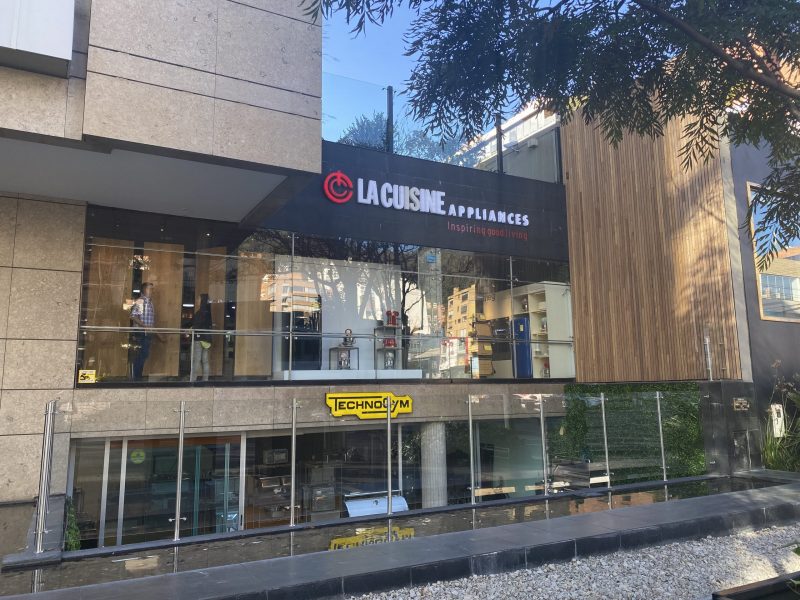
Calle 77 #72-37
Barranquilla, Colombia
Monday to Friday: 08:00 a.m. - 06:00 p.m.
Saturday: 09:00 a.m. - 01:00 p.m.
(+57) 605 352 0851
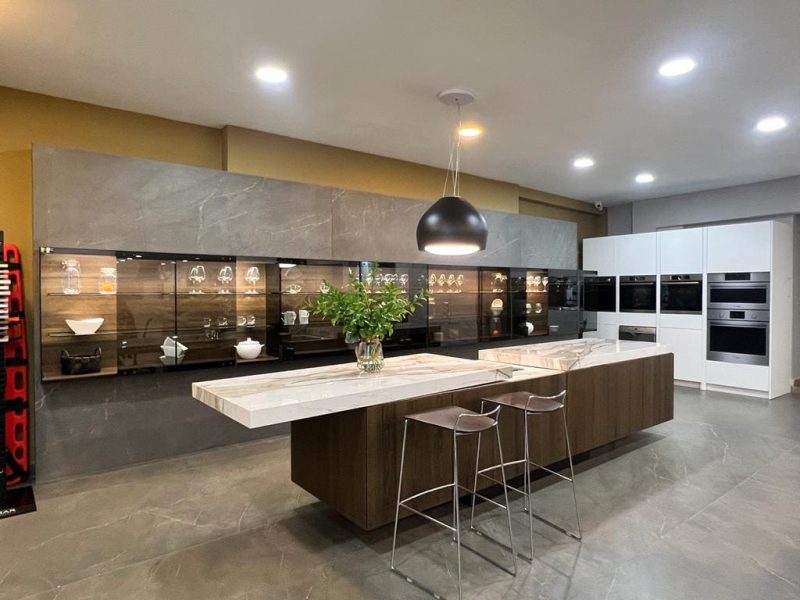
Edificio La Cuisine
Costado Suroeste, C.C. La Paco
Escazú, Costa Rica
Monday to Friday: 09:00 a.m. - 05:00 p.m.
Saturday: 10:00 a.m. - 04:00 p.m.
(+506) 4000.3555

Galerías de Puntacana No. 51
Punta Cana, La Altagracia, R.D.
Monday to Friday: 09:00 a.m. - 06:00 p.m.
Saturday: 10:00 a.m. - 01:00 p.m.
(809) 378.9999

C/Rafael Augusto Sánchez No.22,
Piantini, Santo Domingo, R.D.
Monday to Friday: 09:00 a.m. - 06:00 p.m.
Saturday: 09:00 a.m. - 01:00 p.m.
(809) 378.9999

18187 Biscayne Bvld., Aventura
FL 33160
Monday to Friday: 10:00 a.m. - 06:00 p.m.
Saturdays by appointment.
(786) 322 5432
www.lacuisineappliances.com
sales@lacuisineappliances.com

3232 Coral Way,
Miami FL 33145
Monday to Friday: 10:00 a.m. - 06:00 p.m.
Saturday: 10:00 a.m. - 03:00 p.m
(305) 442-9006
www.lacuisineappliances.com
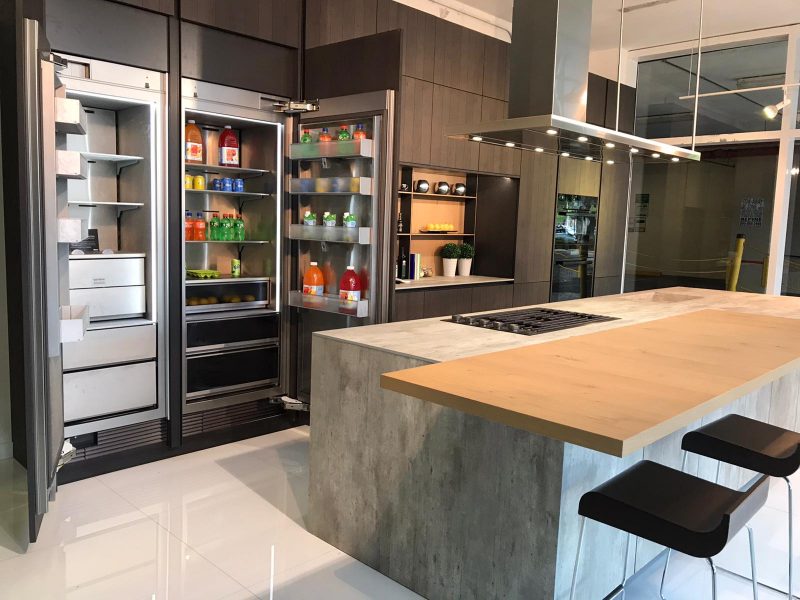
2005 NW 115th Avenue
Miami, FL 33172
Monday to Friday: 09:00 a.m. - 05:30 p.m.
Saturday: Closed
(+1) 305 418.0010
info@lacuisineinternational.com
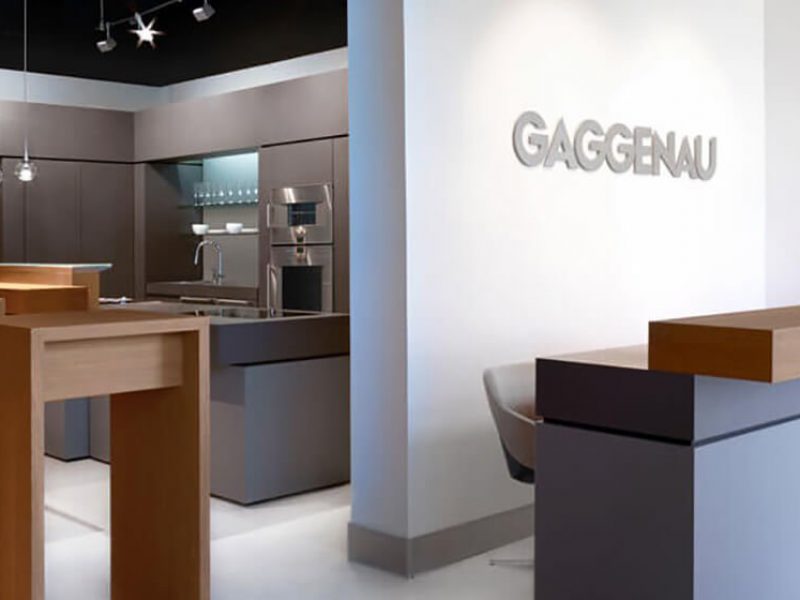
Obarrio. Av. Samuel Lewis,
Addison House Plaza,
Local No.11, Panamá
Monday to Friday: 09:00 a.m. - 06:00 p.m.
Saturday: 10:00 a.m. - 04:00 p.m.
(+507) 265.2546/2547

Av. Caminos del Inca 1603,
Santiago de Surco, Perú
Monday to Friday: 10:00 a.m. – 07:00 p.m.
Saturday: 10:00 a.m. – 01:00 p.m.
(+511) 637.7087

Centro Comercial San Ignacio, Nivel C, local No.5
Caracas, Venezuela
Monday to Saturday: 10:00 a.m. – 07:00 p.m.
(+58) 212 264.5252
(+58) 414 018.5352 (Wholesale)
ventas@lacuisineappliances.com

Complejo Pradera Ofibodegas No.13,
20 calle final Z. 10 Km. 6.8 Carretera a Muxbal,
Santa Catarina Pínula, Guatemala
Monday to Friday: 08:00 a.m. - 05:30 p.m.
Saturday: 09:00 a.m. - 12:30 p.m.
(+502) 6671-3400
